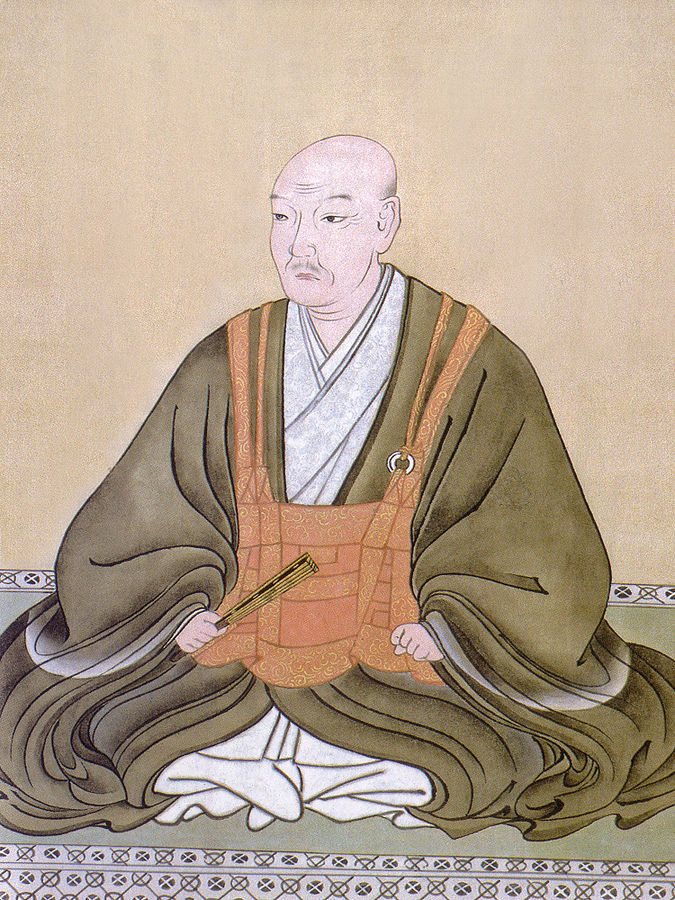A Christian daimyo in 16th century Japan
The story of Otomo Yoshishige, baptized as Don Francisco

Japanese illustration of Otomo Sorin, better known as Otomo Yoshishige and later as Don Francisco. - Commons Wikimedia
Otomo Yoshishige was the daimyo of Bungo Province in Kyushu and a prominent member of the Otomo clan, one of the island's most powerful aristocratic families. In 1551, he established favorable relations with Francis Xavier, hoping to attract Portuguese trading ships. That same year, his younger brother, Otomo Hachiro, became the lord of the Yamaguchi region—a development welcomed by missionaries, who had already recognized the Otomo clan as supporters and protectors.
Over time, Yoshishige underwent a profound conversion to Christianity, although he would not be baptized until 1578, taking the name Don Francisco. Even before his baptism, he permitted Jesuits to preach in his territory and to build churches, schools, and hospitals with his financial backing. His political and moral choices soon reflected his new faith: he dismissed a young male lover from his palace, took steps to alleviate the suffering of the poor, and enacted laws against abortion, infanticide, and child abandonment, requiring that women unable to care for their children entrust them to the care of missionary priests.
Following his baptism, Yoshishige intensified his efforts to Christianize his domains, even ordering his subjects to convert, as evidenced by the fact that along with him, an additional 70,000 people were baptized. Numerous Buddhist temples and Shinto shrines were destroyed, and Buddhist monks—who were influential and wealthy in Japan at the time—were expelled. Yoshishige also played a key role in shaping the ideas of Alessandro Valignano, the creator of the Jesuit inculturation method. In 1580, during a conversation with Valignano, the daimyo criticized the methods of the mission's superior, Francisco Cabral, and expressed frustration with the Jesuits' distrust of new converts and the arrogance of many missionaries, who had little understanding of Japanese culture.
Yoshishige died in 1587 during a military campaign in which, allied with Toyotomi Hideyoshi, he fought against the Shimazu clan, his territorial rivals.
Adriana Boscaro, Ventura e sventura dei gesuiti in Giappone (1549-1639), Cafoscarina Publishing House, 2008
Daniello Bartoli, Istoria della Compagnia di Gesù. L'Asia, Einaudi, 2019
2025-03-28
Salvatore Ciccarello
